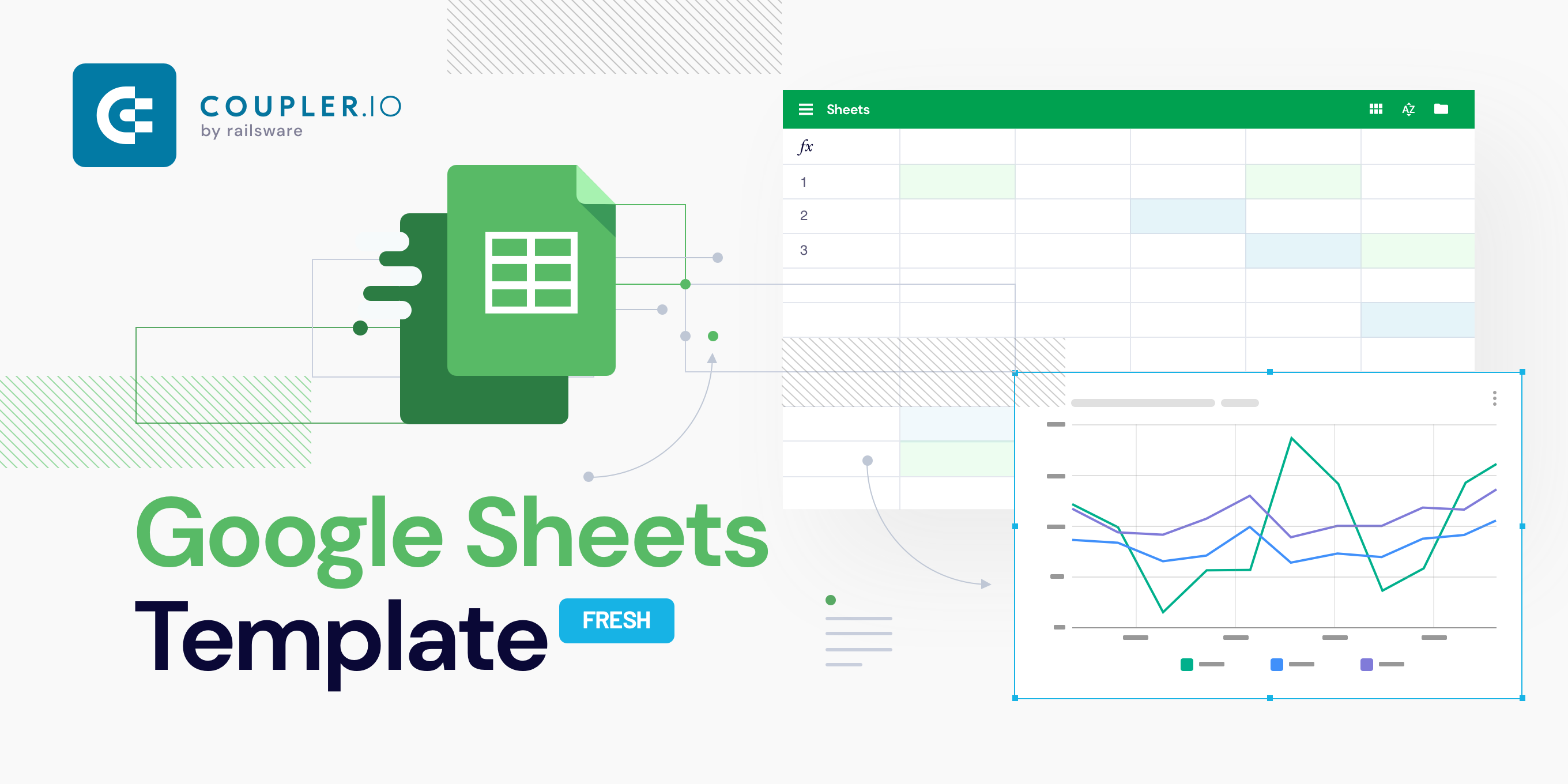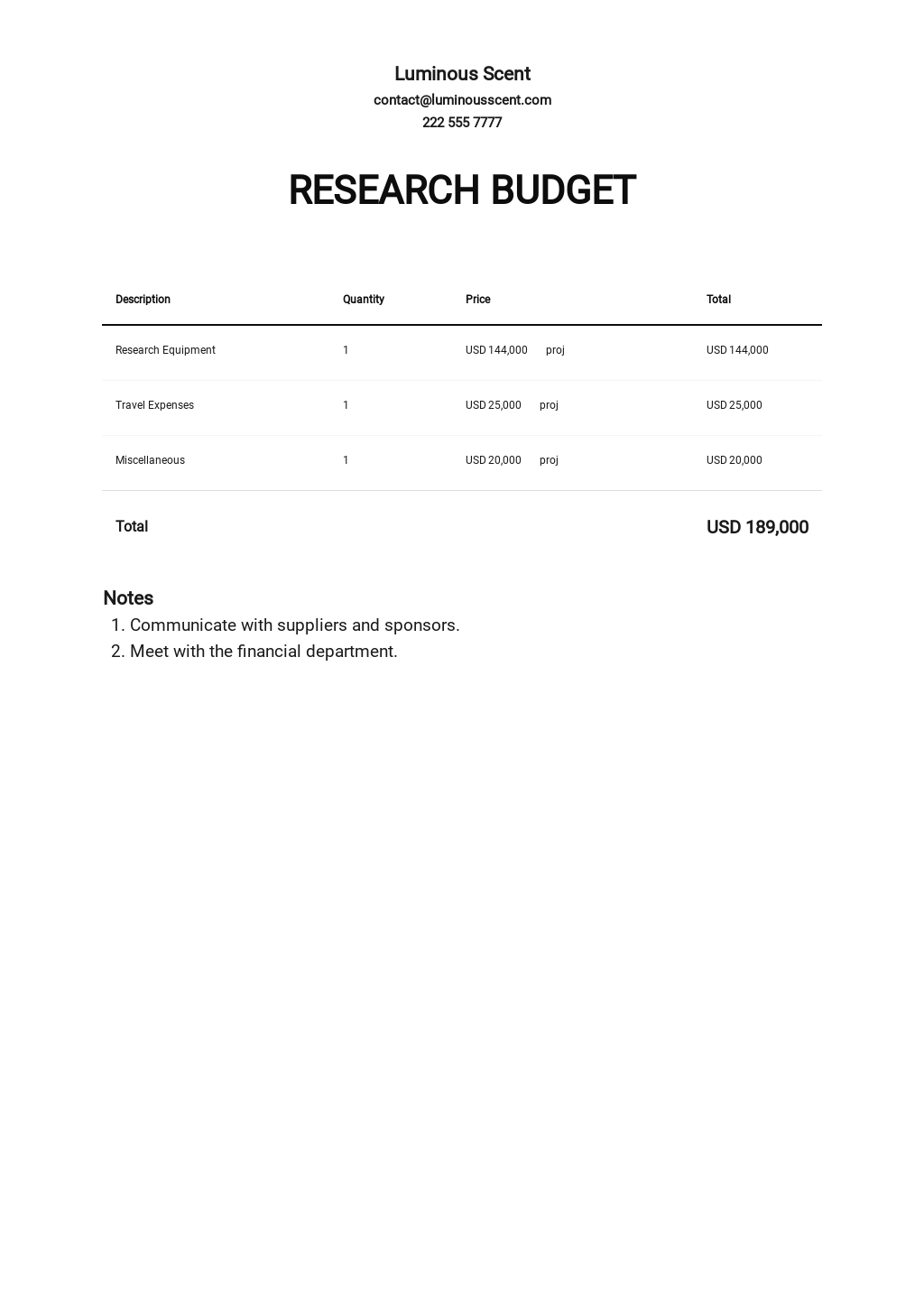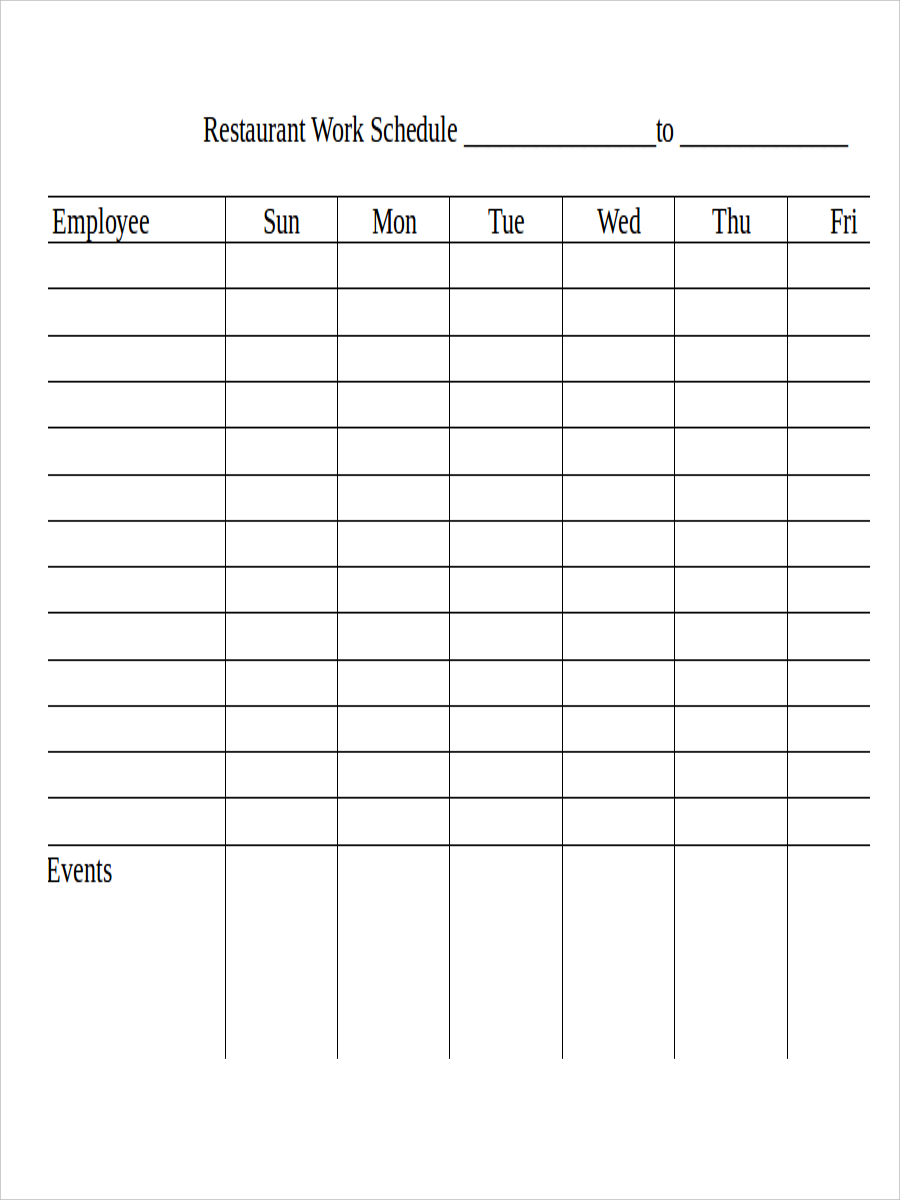

Unsurprisingly, I use Zapier to automate my to-do list. To do this, highlight the rows you want to hide, then right-click and select Hide rows. At the end of the week, hide the previous week's rows so your current week is always at the top. On a Mac, it's command+shift+X and on a PC, it's Alt+Shift+5.Ģ. You can use keyboard shortcuts to do this. Strike through the text when you complete the task. Other than adding tasks, the process is simple.ġ. Because moving tasks around is as easy as dragging a row to a new location, you can easily re-prioritize without jumping between views or clicking twelve times to get where you need to go. Add a row, drop the task in, and add any other information or labeling you want. When using this task list template for Google Sheets, you'll add tasks as they come up. You can even use conditional formatting to automatically format rows that contain specific text, like if you always want to highlight rows with a specific person's name-say, an important client or your boss. Whatever stands out to you visually, go with that. Bold certain types of tasks, italicize others, or even add a border around cells. And I highlight a row in red if it's a non-negotiable-something I have to do the day it's scheduled because of an external deadline.Īnd because you have text formatting options-which many to-do lists don't-you can make your formatting as granular as you'd like. For example, I always highlight a row in blue if I'm going to be out of the office. Whatever works.īut if you like to be more consistent, you can choose colors to indicate specific things: priority, level of effort, type of tasks, or anything else you want to be able to see at a glance. And other times I just write IMPORTANT in front of it. Sometimes I change the color of a cell to indicate that it's high priority. The beauty of using Google Sheets or another spreadsheet tool for your to-do list is that you have so many formatting options. That way, I can still do a quick scroll to see what's coming up, but it keeps my focus on the here and now. And then I add a section at the bottom for things that are for further down the road: the "eventually" tasks. I use a solid gray bar with the dates in the left-most column to visually separate weeks, and I tend to have about a month's worth of weeks ready to drop tasks into. The final key component is breaking the sheet down into weeks. You get the point-this is just a template, and it's yours for the customizing.

Highlight those cells for the week, and be sure they don't add up to more than 40.


Tracking your time is particularly helpful if you want to be sure you have enough time to get everything done. If you do lots of smaller tasks, you could go with 15-minute increments (i.e. 5, 1, 1.5, and so on) so you don't end up with battling timeframes. I recommend using half-hour increments (i.e. You can have a Time estimate column and drop the estimated number of hours in there. Sometimes it's beneficial to have a sense of how long a task might take. Your tags can vary week to week and just serve as quick reminders of what's on your plate. If you're not consistent-I am 100% not-you get complete flexibility. If you're consistent with your tags, you can then sort or filter your spreadsheet by that column to group similar tasks. Or maybe you want to add some sort of tags to your task. Of course, you can always customize those columns or add new ones.įor example, while I schedule my weeks day by day, maybe you don't use your to-do list as a schedule, so you wouldn't have a column for Day. So those are the three main columns you'll see on the spreadsheet: When it comes to work tasks, there are usually two critical things you need to keep track of-what to do and when to do it-and then.other stuff.


 0 kommentar(er)
0 kommentar(er)
